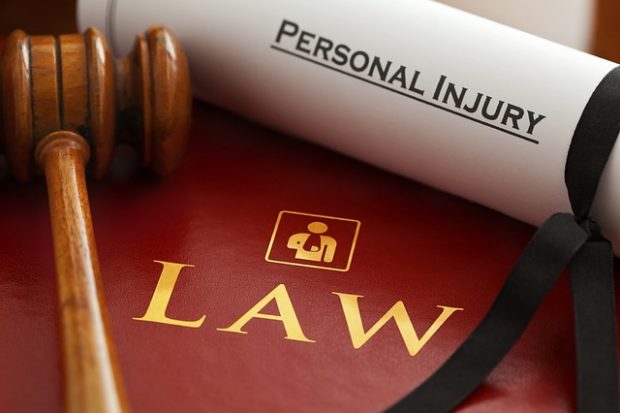What Evidence is Needed to Prove a Personal Injury Claim?

Proving a personal injury claim requires substantial and well-organized evidence to support allegations of negligence and resulting damages. Successfully securing compensation hinges on the quality of evidence presented. Here are essential types of evidence needed to substantiate a personal injury claim.
Medical Records
Medical records are the cornerstone of personal injury claims. They provide concrete evidence of the injuries sustained and establish a timeline aligned with the incident. Comprehensive medical evaluations and detailed reports from healthcare providers are vital. These documents should include:
- Initial evaluations from emergency rooms or urgent care centers.
- Detailed diagnostic reports (X-rays, MRIs, CT scans).
- Records of ongoing treatment, therapy, and medications prescribed.
- Notes from specialists and general practitioners.
- Hospital stays and surgeries.
- Physiotherapy and rehabilitation sessions.
- Assistive devices (crutches, wheelchairs).
Witness Testimonies
Eyewitnesses who observed the incident can provide vital testimonies that substantiate your claim. Their statements can:
- Corroborate your version of events.
- Identify the negligent party.
- Describe the circumstances surrounding the incident.
In addition to eyewitnesses, statements from bystanders, first responders, or anyone with relevant information about the incident can provide additional support and credibility to your claim. Character witnesses who can attest to your condition before and after the incident may also be valuable.
Expert Witnesses
Expert witnesses can significantly bolster a claim through specialized knowledge. This might include:
- Medical experts to discuss the severity and impact of injuries.
- Accident reconstructionists to explain how an incident occurred.
- Economists to project future financial impacts and lost earning capability.
- Vocational experts to assess employability and potential career limitations resulting from the injury.
- Rehabilitation specialists to outline necessary recovery treatments and long-term care needs.
Photographs and Video Evidence
According to the Albuquerque personal injury lawyers at the Fine Law Firm, visual documentation from the scene of the accident is compelling evidence. Photographs and videos should capture:
- The layout and condition of the accident site.
- Any hazardous conditions (e.g., wet floors, obstructed walkways).
- Vehicles involved in the case of automobile accidents, showing damage and positioning.
Photographs of visible injuries taken immediately and throughout the healing process can convey the severity and progress of injuries. This visual proof complements medical records by providing clear, descriptive imagery.
Police Reports
Police reports provide an objective, third-party account of the accident. These reports often include statements from involved parties and witnesses, a preliminary assessment of fault or citations issued, and diagrams/descriptions of the incident scene.
Personal Documentation
Maintaining a personal journal documenting the daily impact of injuries, pain levels, and emotional distress provides a continuous narrative that supports claims for pain and suffering.
Proof of lost wages and reduced earning capacity is often required. Employment records should include:
- Pay stubs demonstrating lost income.
- Statements from employers confirming missed workdays and changes to job responsibilities.
- Documentation of any disability claims or accommodations provided by the employer.
Building a robust personal injury claim hinges on the systematic collection and presentation of evidence. Combining medical records, witness testimonies, visual documentation, formal reports, personal documentation, and communication records will strengthen your case. Consistency, accuracy, and thoroughness in your evidence can significantly influence the success of your claim.

